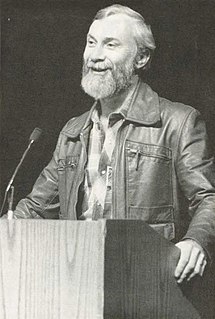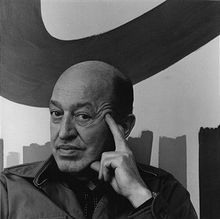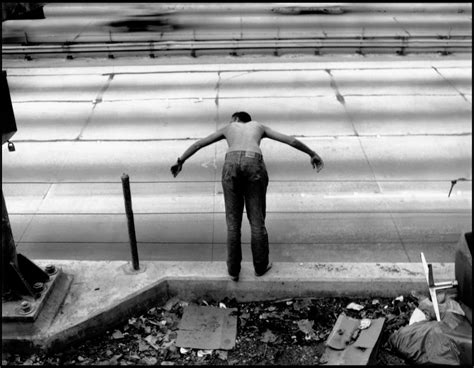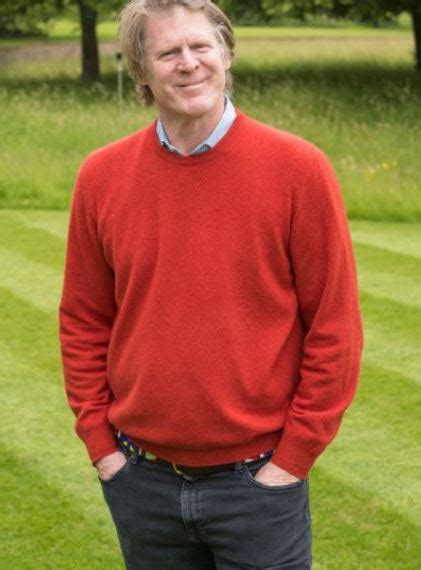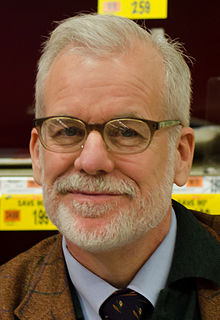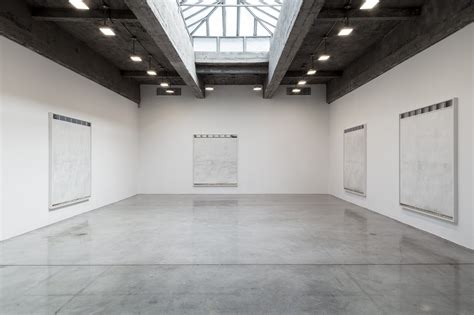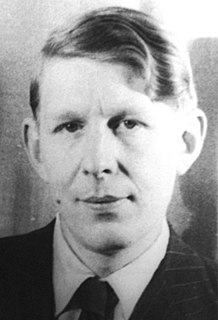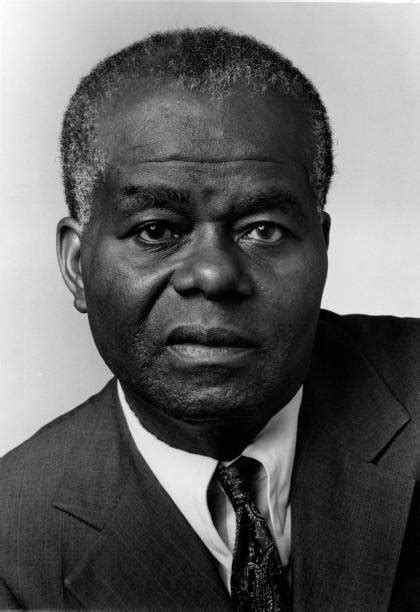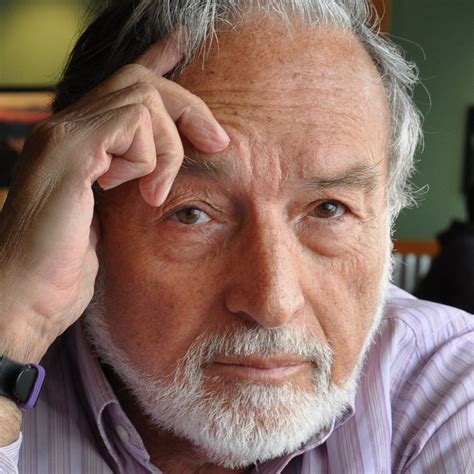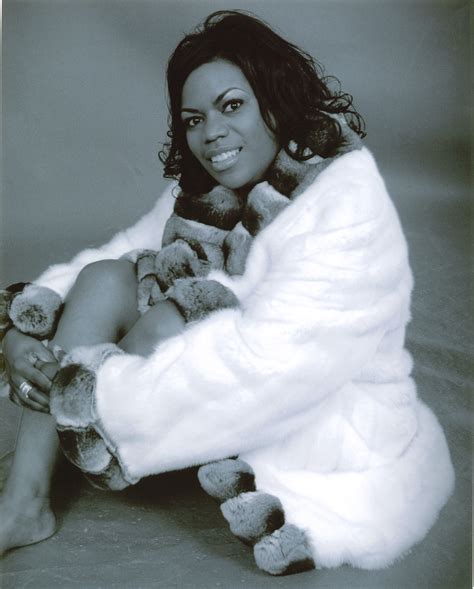A Quote by Bill Jay
If there is a single factor which separates the best photographers from the wannabes it is the quantity of images which they produce. They seem to be forever shooting. I have watched many of them as they take picture after picture even when they are not photographing. [...] Often these intimate images do not look as though they were taken by the same photographer. And that is their fascination and charm.
Related Quotes
Time is of the essence, particularly if we're sending images out on social media. The reality is that the majority of images are only viewed for a few seconds, often on a phone or computer. There are so many images freely available that it takes a lot of will power to concentrate and prolong the gaze on one picture at the expense of the thousands of others waiting to be viewed!
I am myself a professional creator of images, a film-maker. And then there are the images made by the artists I collect, and I have noticed that the images I create are not so very different from theirs. Such images seem to suggest how I feel about being here, on this planet. And maybe that is why it is so exciting to live with images created by other people, images that either conflict with one's own or demonstrate similarities to them.
We all expect photographs to be a picture of something. We assume that the photographer observed a place, a person, an event in the world, and wants to record it, point at it…The problem with my work is that these images are really not of anything in that sense, they register only that which is incidental and peripheral to the implied it.
A close friend of mine, Annie Leibovitz, who I've known for forty years, photographs celebrities every single day of the week but they all seem to look the same even though she's one of the most creative photographers alive. They all just look the same. Brad Pitt is a great actor but all the pictures of Brad Pitt look the same.
